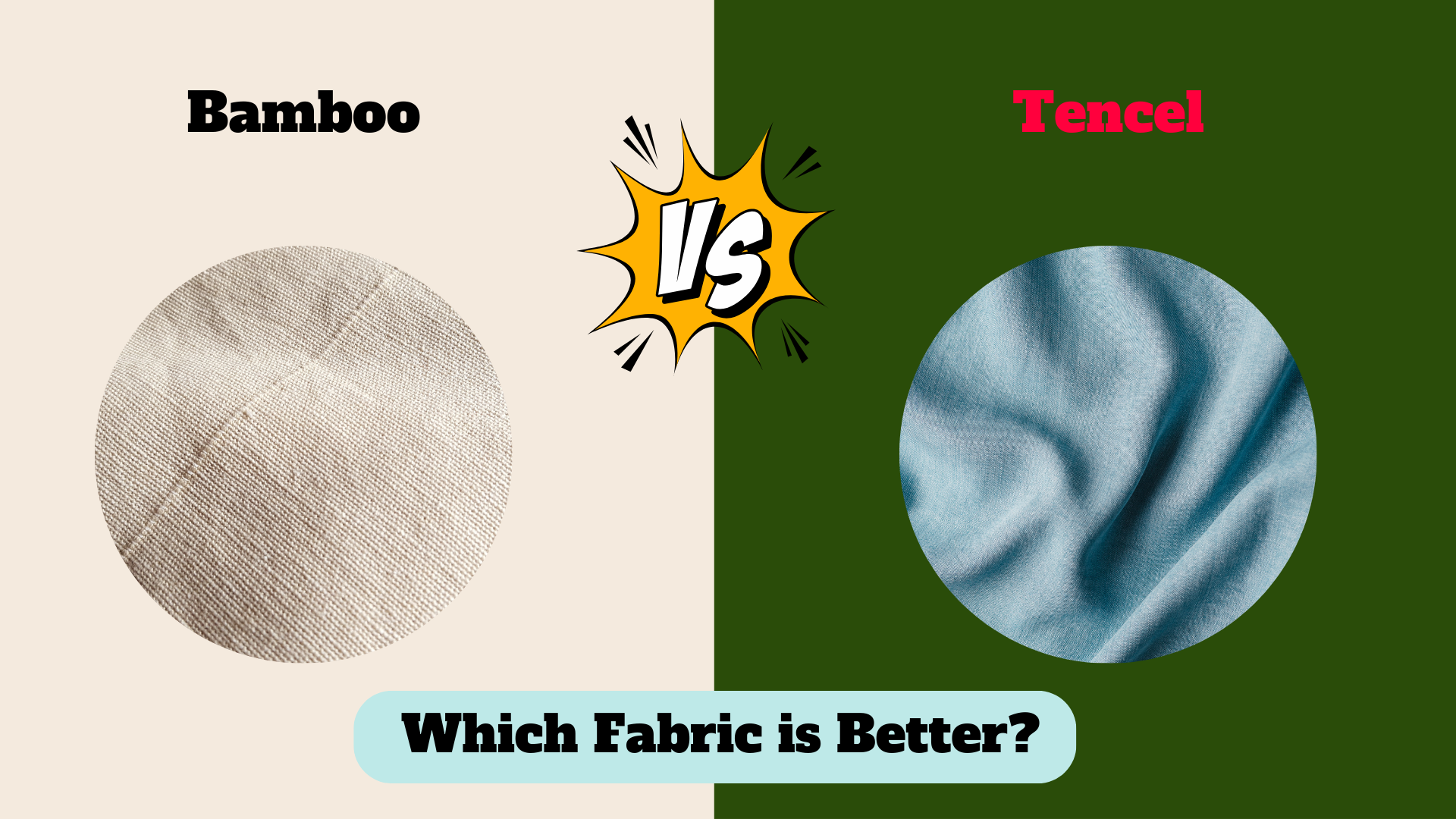The Ultimate Mattress Buying Guide for Homeowners and Sleep Enthusiasts
A high-quality mattress is more than a mere bedroom fixture; it is one of the cornerstones of a healthy and fulfilling life. A good mattress can aid in rejuvenating your body, repairing from the toils of the day, and enjoying a blissful night’s sleep. However, with the plethora of options available, navigating the world of mattress shopping can be a daunting experience.
In this in-depth mattress buying guide, we’ll discuss everything you need to know before making this significant investment. From understanding different types of mattresses to the health benefits of choosing the right one, we’ve got you covered. So, sit back, relax, and let’s dive into the science and art of choosing the perfect mattress for your sleepy repose.
Understanding Mattress Types
The world of mattresses has evolved, offering a range of options that cater to different sleep needs and preferences. Here are some of the most common mattress types:
Innerspring Mattresses
These traditional mattresses use a steel coil support system, often covered by layers of padding or upholstery materials. Innerspring mattresses offer a familiar bouncy feel and have been the industry standard for many households.
Pros:
- Firmness options
- Great for those who prefer a more supportive feel
- Good airflow, making them cooler to sleep on
Cons:
- Tend to wear out faster
- More prone to causing pressure points and not the best for motion isolation
Memory Foam Mattresses
Memory foam mattresses are renowned for their ability to contour to the body, providing tailored comfort and support. This material was originally developed by NASA to cushion astronauts from the G-forces experienced during space travel.
Pros:
- Excellent motion isolation
- Pressure relief, which can be particularly beneficial for reducing back and joint pain
- Durable and long-lasting
Cons:
- Can retain heat, making them sleep warmer
- Some users find them difficult to move around on
Latex Mattresses
Made from either natural or synthetic rubber, latex mattresses provide a responsive and springy feel that can often be adjusted for firmness.
Pros:
- Natural elasticity, providing excellent support and pressure relief
- Resilience over time
- Good temperature regulation
Cons:
- Can be heavy and difficult to move
- Higher price point than some other mattress types
Hybrid Mattresses
As the name suggests, hybrid mattresses combine elements of innerspring and foam mattresses. Typically, they feature a coil support system with latex or memory foam layers.
Pros:
- Offers the best of both worlds: support from the coils and comfort from the foam layers
- Good for motion isolation
- Excellent for breathability
Cons:
- Can be pricey
- Quality depends on the specific materials used
Graphene Foam Mattresses
A relatively new addition to the market, graphene foam mattresses integrate the properties of graphene – a highly conductive material – to disperse heat and regulate temperature.
Pros:
- Exceptional temperature regulation
- High durability
- Good pressure relief and support
Cons:
- Limited availability
- Can be costly due to the advanced material
Factors to Consider
When choosing a mattress, several factors play a crucial role in ensuring your satisfaction. Let’s take a closer look at each one:
Firmness
Mattress firmness is often a matter of personal preference, but it should also consider your weight and sleeping position. Firmness levels typically range from soft to extra-firm, with a middle ground being the most popular choice for general sleepers.
Size
Mattress size is not just about the dimensions of your bedroom; it also affects comfort and sleep quality. Common sizes include:
- Single
- King Single
- Double
- Queen
- King
- Super King
Support and Motion Isolation
A supportive mattress keeps your spine aligned, helping to alleviate back pain. Motion isolation is vital for couples; a good mattress should minimize the disruption caused by a partner’s movement.
Temperature Regulation
Some mattresses retain heat more than others, which can be uncomfortable for hot sleepers. Look for materials and designs that promote airflow and heat dispersion.
Health Benefits of a Good Mattress
Sleep is undeniably related to physical health, and the right mattress plays a pivotal role in this equation. A good mattress can:
- Alleviate back pain by providing adequate support and spinal alignment
- Relieve pressure points, which improves blood circulation and reduces numbness and pain
- Enhance sleep quality, aiding in relaxation and reducing stress
Shopping Tips and Tricks
Navigating the mattress market can be overwhelming, but with the right approach, you can find the ideal sleeping surface. Here’s how:
Research
Educate yourself on different mattress brands, models, and types. Don’t forget to read customer reviews to gain insight into real-life experiences.
Trial Periods
Many reputable mattress companies offer generous trial periods, allowing you to test out a mattress in your own home. Look for a retailer with a no-risk return policy.
Warranties
A good mattress should come with a warranty that protects you against manufacturing defects. Understand what the warranty covers and its duration.
Budgeting
While a mattress is a long-term investment in your health, it’s also important to stay within your budget. Consider financing options for high-quality mattresses if needed.
Maintenance and Care
Once you’ve found the perfect mattress, it’s important to maintain it properly to ensure its longevity and your continued comfort.
Cleaning
Regular cleaning will extend the life of your mattress and ensure a hygienic sleep environment. Follow these tips:
- Vacuum Regularly: Use an upholstery attachment to remove dust particles and allergens.
- Spot Clean Spills: Address spills immediately with a mild detergent, avoiding soaking the mattress.
- Use Protective Covers: A quality mattress protector can safeguard against spills, stains, and dust mites.
- Rotate or Flip: Every 6 months, rotate the mattress 180 degrees or flip it if it’s double-sided to promote even wear.
- Avoid Jumping: Excessive pressure can damage the mattress structure and shorten its life span.
Flipping and Rotating
If your mattress is flippable, turn it over every few months to promote even wear. If not, rotate it periodically to prevent body impressions.
Fabric Material Used on Mattress
Bamboo Fabric
Key Features:
- Bamboo fabric is known for its softness and silk-like texture.
- It is naturally hypoallergenic and antimicrobial.
- Highly sustainable and biodegradable, making it an eco-friendly choice.
- Excellent moisture-wicking properties.
Pros:
- Provides natural UV protection.
- It is extremely breathable and keeps the skin cool.
- Bamboo has thermo-regulating properties, suitable for all seasons.
- Resistant to odors even after multiple wears.
Cons:
- Can be less durable than other fabrics when frequently washed.
- Often requires more delicate handling, such as cold water washes.
- The chemical process to convert bamboo to fabric may lessen environmental benefits.
Tencel Fabric
Key Features:
- Tencel is a brand name for a type of lyocell, made from wood cellulose.
- Notable for its environmentally responsible production process.
- Offers a soft, smooth surface that drapes well.
- Biodegradable and made from renewable resources.
Pros:
- Tencel is breathable, absorbent, and resistant to wrinkles.
- It has natural moisture-wicking properties.
- Gentle on the skin, suitable for sensitive skin types.
- Typically requires less energy and water to produce than cotton.
Cons:
- Can be prone to mildew if left damp.
- May be more expensive than other common textiles.
- Less availability compared to cotton and polyester.
Cotton
Key Features:
- Cotton is a natural, soft fiber that’s comfortable to wear.
- Highly breathable and absorbent.
- Versatile use across various textile products.
- Widely available and comes in many different weaves and weights.
Pros:
- Easy to care for and durable with proper maintenance.
- Doesn’t retain odors and can withstand high temperatures during washing.
- Biodegradable and considers eco-friendly if grown organically.
Cons:
- Conventional cotton growing may involve a significant amount of pesticides.
- Can shrink if subjected to hot water or a hot dryer.
- Likely to wrinkle and may require ironing.
Polyester
Key Features:
- A synthetic fabric known for its strength and durability.
- Resistant to shrinking, stretching, and wrinkling.
- Easy to care for and dries quickly.
- Often used in blends to give added durability to natural fabrics.
Pros:
- Maintains its shape over time.
- Less likely to fade with washing than some natural fibers.
- Generally less expensive than natural fabric alternatives.
Cons:
- Not as breathable as natural fabrics, which can lead to discomfort in hot weather.
- Can be less eco-friendly due to its non-biodegradable nature.
- Some people may experience skin irritation or find it less soft on the skin than natural options.
Australian Standard Size Mattress
For readers in Australia, here’s a quick guide to standard mattress sizes commonly used across the country:
- Single: 92cm x 187cm
- King Single: 107cm x 203cm
- Double: 137cm x 187cm
- Queen: 153cm x 203cm
- King: 183cm x 203cm
- Super King: 203cm x 203cm
Each of these sizes caters to different sleeping preferences and space constraints, so choose wisely.
Importance of Mattress Certifications
When selecting a mattress, certifications are crucial in ensuring quality, safety, and environmental stewardship. Here are some of the most recognized certifications in the mattress industry:
- ISO 9001: This certification sets out the criteria for a quality management system and is based on several quality management principles including a strong customer focus, the involvement of high-level company management, the process approach, and continual improvement. Seeing this certification indicates that the manufacturer is committed to providing products that meet customer and regulatory requirements.
- ISO 14001: This environmental management standard helps organizations improve their environmental performance through more efficient use of resources and reduction of waste. Certification to this standard means the company is actively working to minimize its environmental footprint and complies with applicable laws, regulations, and other environmentally oriented requirements.
- OEKO-TEX Standard 100: This is a globally uniform testing and certification system for textile products at all stages of production. Materials that are certified by OEKO-TEX Standard 100 are tested for harmful substances and are deemed safe for human use.
- CertiPUR-US: This certification is specific to foam used in bedding and upholstered furniture. Foams that have the CertiPUR-US label are tested and verified to be made without ozone depleters, flame retardants, mercury, lead, and other heavy metals, formaldehyde, phthalates regulated by the Consumer Product Safety Commission and have low volatile organic compound (VOC) emissions for indoor air quality.
Knowing the certifications a mattress has can give you peace of mind regarding what you’re bringing into your home and the quality of sleep you’ll get. It highlights the manufacturer’s commitment to not only your personal well-being but also to broader environmental and safety standards.
Conclusion
Selecting the right mattress is essential for achieving a good night’s sleep, and consequently, a healthier and more productive day. With the insight from this ultimate mattress buying guide, you are better equipped to make an informed decision. Remember, shopping for a mattress is not just about ticking off a checklist; it’s a personal experience that should prioritize your unique sleeping needs and preferences.


Leave A Comment
You must be logged in to post a comment.